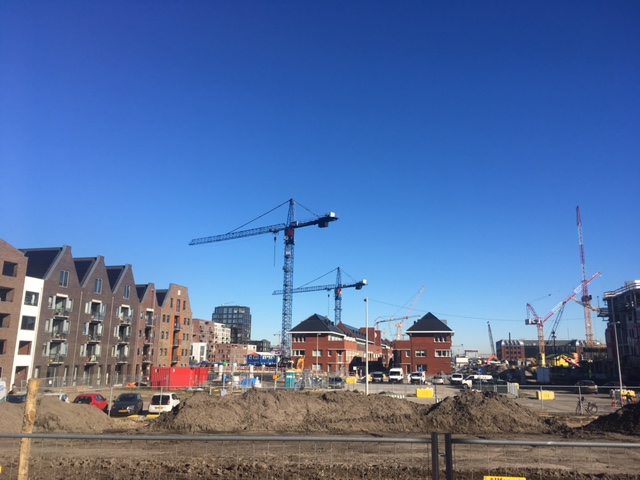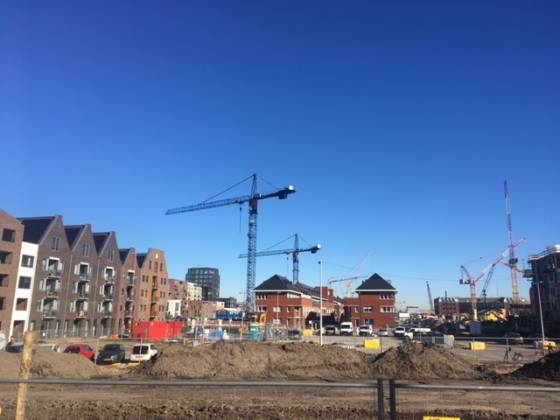Cities and provinces call for massive spending to boost new home construction


The Dutch government needs to spend €1.5bn to €2bn a year to make sure 600,000 new homes are built in the bigger Dutch cities by 2040, according to an alliance of the biggest 16 cities, several provinces, cycling lobby group Fietsersbond and public transport services.
The money needs to be spent on infrastructure, particularly establishing good public transport connections in the areas earmarked for large residential projects, the plan’s backers told broadcaster NOS.
The caretaker cabinet set aside €100m a year for the next 10 years to encourage the construction of more housing and has said that any additional funding must be up to the next administration.
The local authorities also want action on the often conflicting regulations drawn up by central government. ‘One ministry asks for more housing, while another says the land should be used for goods trains,’ a spokesman for Den Bosch told NOS. ‘That leads to red tape and health and safety risks.’
One million homes
In February, an alliance of developers, construction companies, lobby groups, housing corporations and tenants association said that one million new homes need to be built in the the Netherlands in the next 10 years to meet demand.
At the same time, they say, measures are needed to improve neighbourhoods and make the Netherlands’ housing stock more energy efficient.
Current government strategy involves realising 75,000 new homes a year though new build and converting other buildings. However, developers have complained for years about the restrictions on size and price imposed on them by local councils, as well as the high cost of building land.
Old shopping centres
Meanwhile architect and advice bureau KAW said in a new report for the Dutch social housing sector that there is enough room in post World War II neighbourhoods, old shopping centres and on petrol station forecourts to build all one million houses which experts say are needed.
Post war neighbourhoods can absorb some 800,000 while the rest can be built in redundant spaces in urban areas, KAW said.
Builders and developers are known to favour developing green field sites because it is easier and cheaper than building in cities.
Thank you for donating to DutchNews.nl.
We could not provide the Dutch News service, and keep it free of charge, without the generous support of our readers. Your donations allow us to report on issues you tell us matter, and provide you with a summary of the most important Dutch news each day.
Make a donation